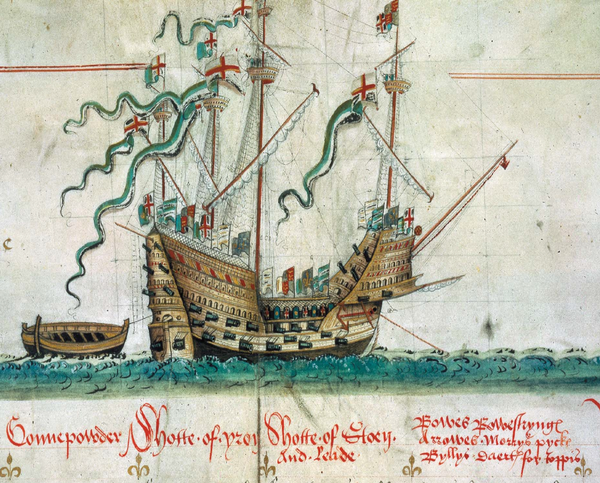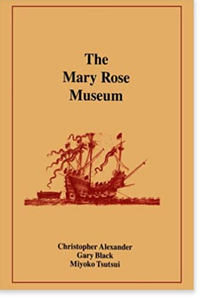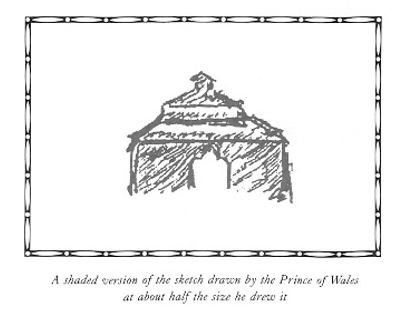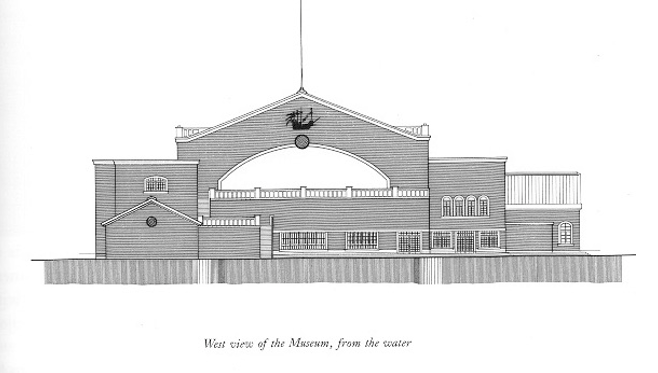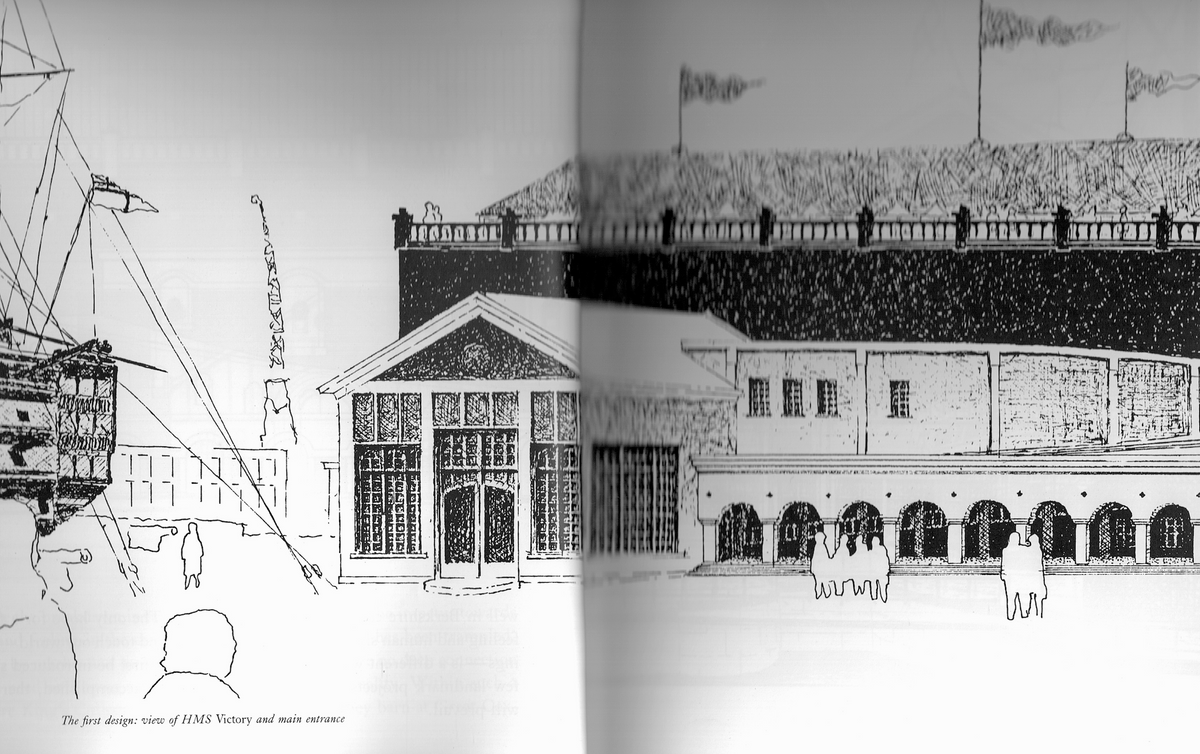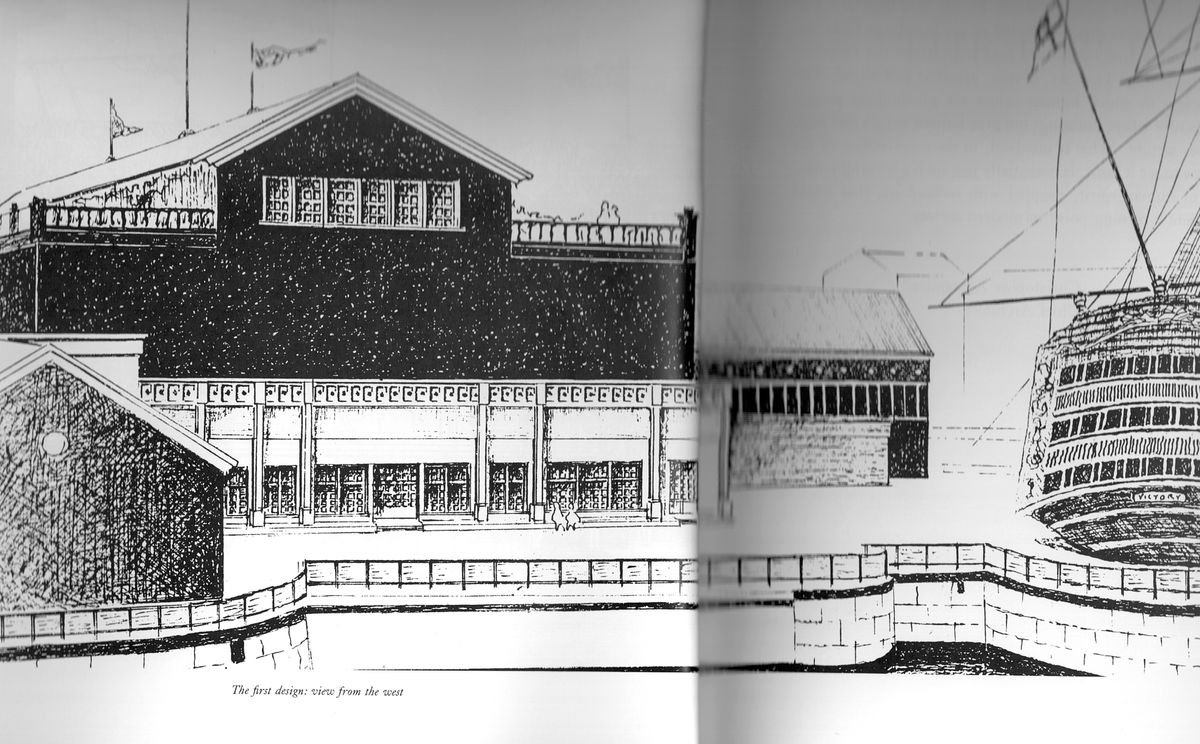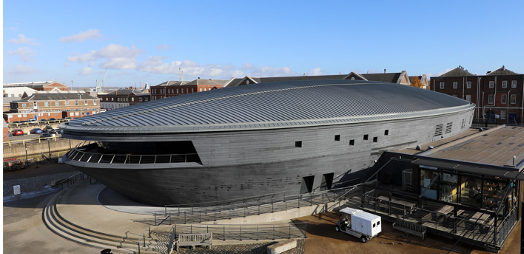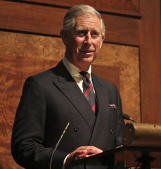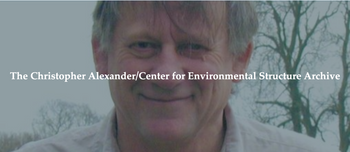A few years after we moved into the house we built with Christopher Alexander, a guy who had also been a client of Chris’s told us an interesting story.
He said that Prince Charles had asked Chris to design a museum to house the Mary Rose, an English warship Henry VIII had watched sink in 1545. It had been found under the mud of the Solent River and was being restored, an exciting moment in British history.
Chris and the team at his Center for Environmental Studies had set to work back in California and, when some ideas were ready, Chris flew to London to show them to Charles.
Arriving at the palace for the meeting, he was told that the Prince had left for Scotland, despite knowing Chris was on the way, that he was bringing plans, that he was expecting to meet in London.
It was December. It was snowing. And Chris had to make his way to Scotland to catch up with Charles.
Now this may seem mean, but we did laugh. John Graham and I had gone through five years of Chris’s own unannounced arrivals, departures and disappearances, seemingly unconcerned with how he might be inconveniencing us and the team working here. The guy telling us the story was laughing too, somewhat bitterly.
Maybe experiencing such a lack of consideration from Charles would give Chris an idea of how his clients felt about his own “failures to communicate.” Maybe.
There’s some conventional wisdom about the necessary concessions ordinary beings must make in dealing with geniuses. I just don’t buy it. Chris caused way too many crises for Jim Dow, his partner in the building of our house, and for Curt Brown, his brother-in-law, who was lead carpenter. Jim was afraid he’d go bankrupt, and Curt was so upset by Chris’s disregard for the needs of Curt and his team, I began to wonder if clan get-togethers would be impossible in the future. Chris wasn’t trying to mess with them—he was just oblivious. Perhaps other geniuses don’t mean to cause harm either. But such intense focus on their own thinking can mean that nothing else gets through, making life hard for their families and associates.
The other client had his own stories of Chris’s obliviousness while building a house in the Colorado mountains. It had gotten intense when Chris insisted that all the windows be hand-made, in California. Seemed a bit much, but the client agreed to the making, then balked at the wild cost of shipping. He told Chris he was driving a truck to California to pick them up, then would drive them back to the site in the Rockies. (That’s a helluva drive.)
He and his wife got to Berkeley and Chris, knowing they were there, ignored them for most of a long day. Tired, hungry, and pissed, they finally got the windows, drove home, and said "No more." They finished their house without him.

